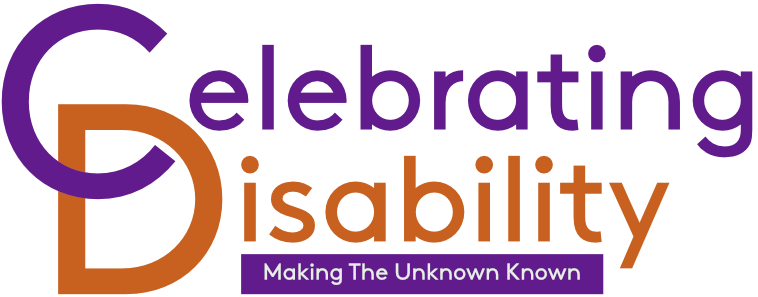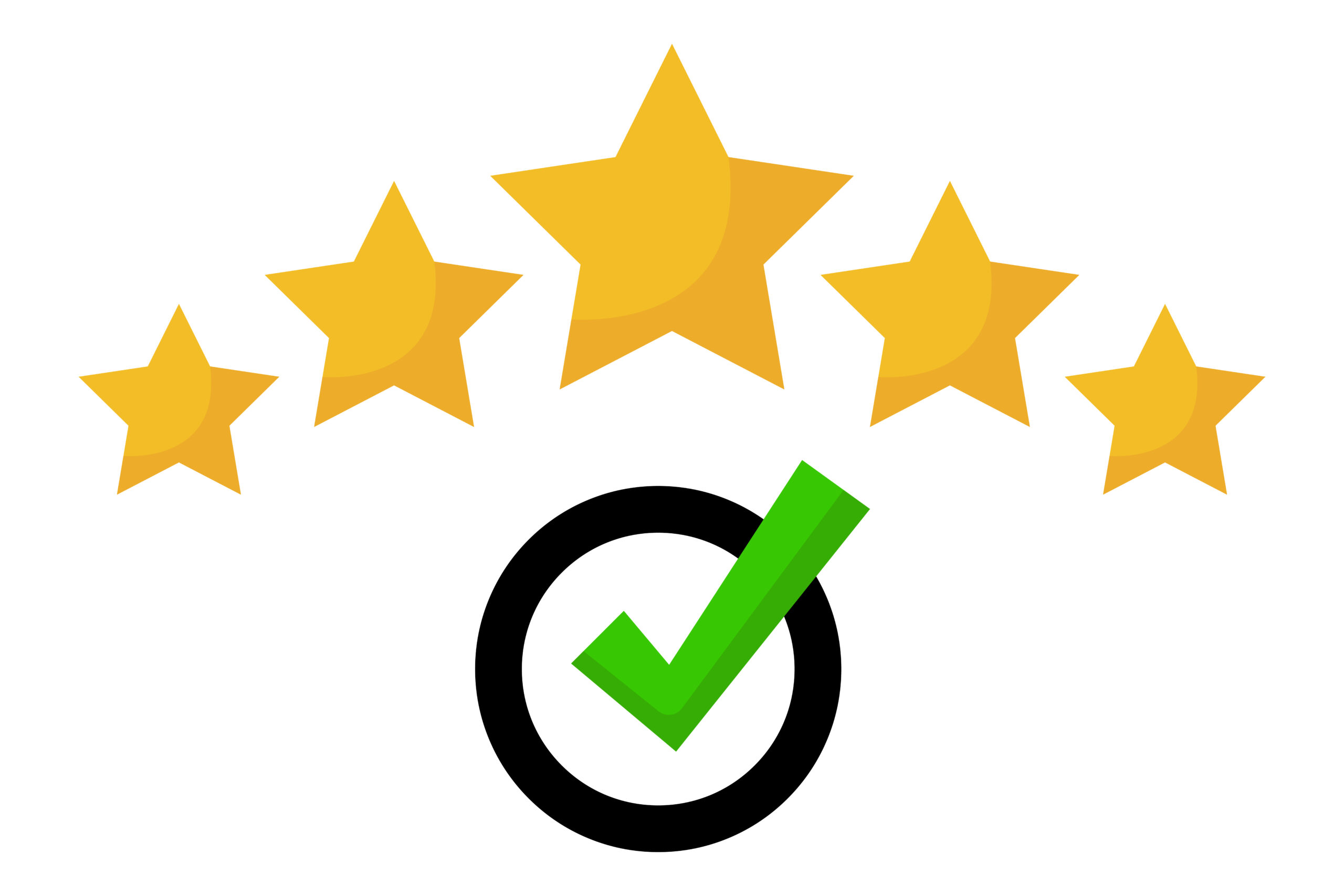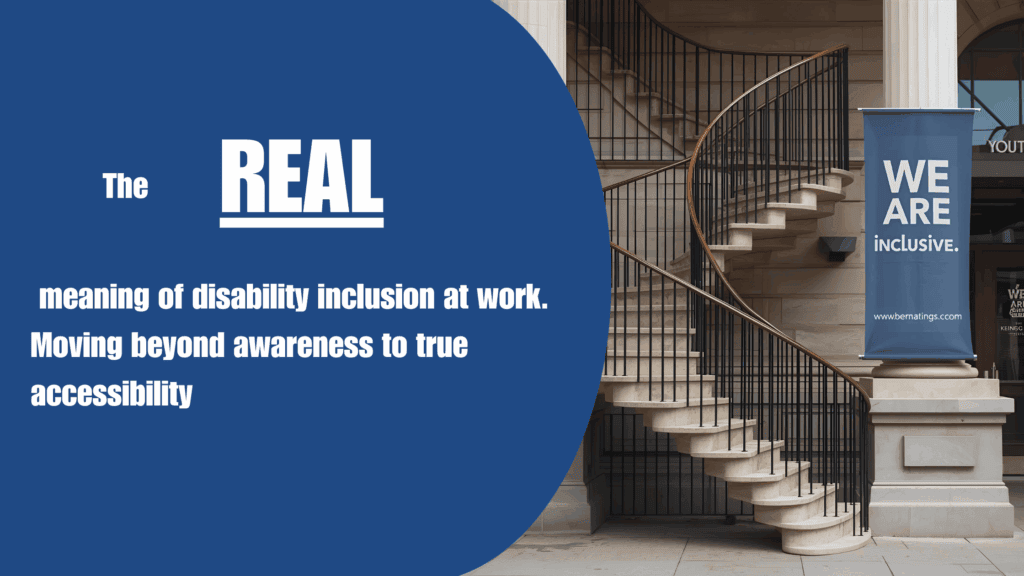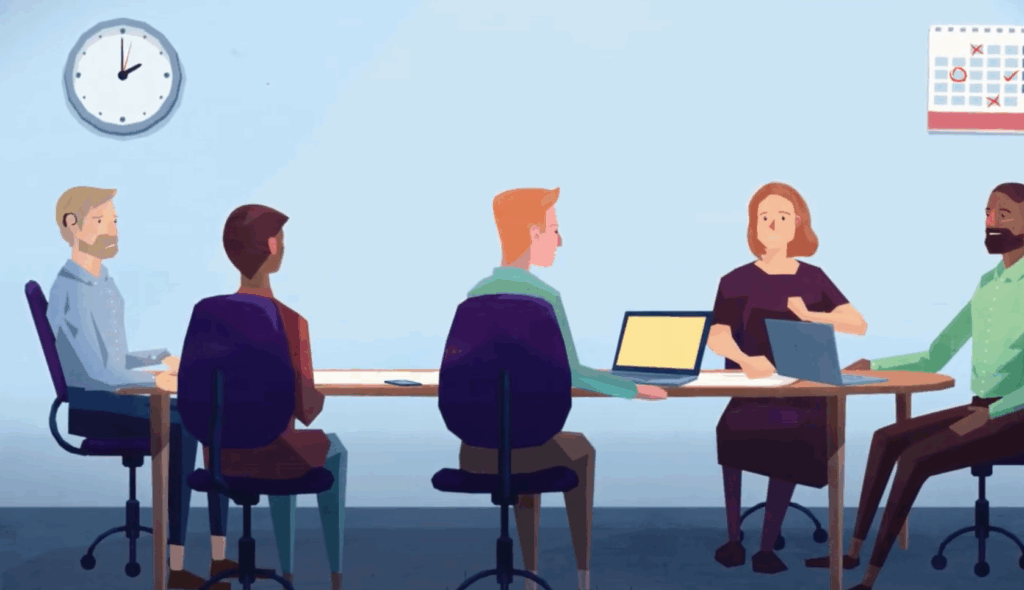How many times have you attended or hosted a training session and walked away unable to articulate the outcome?
If your answer is at least once, you are not alone. It’s a common problem. Training is often developed without a clear purpose. It’s not good enough to say “disability awareness training”. You need to know what the training is for, why now, and who it’s being delivered to. This is where writing an effective training session plan starts, by asking three key questions:
- What am I trying to achieve?
- What are people going to leave the session knowing more about?
- What are they going to do because of the session?
I heard somebody liken not setting goals to being lost at sea in a thick fog. And this is so accurate. If you don’t set goals, how do you know where you’re going? How do you know when you’ve got there? How do you know what worked and what didn’t?
The same principles need to be applied when planning your effective training session whether you decide that your training session will be about invisible disabilities in the workplace, supporting disabled employees to achieve, how to support disability disclosure at work, or anything else. First, consider why you are doing it. Follow this with what needs to happen for us to know that we’ve achieved, then consider the barriers presently. If you answer these, it will help you move further towards making your disability inclusion training content impactful.
If you prioritise what I have said above, you are well on your way to an impactful and effective training session. However, this is not the only step. For the remainder of this blog, I will discuss five imperative steps that should be followed to ensure the biggest impact.
- Understand the problem.
- Interaction, engagement, accessibility and inclusion.
- Articulate the purpose of the disability inclusion training session.
- Enable opportunity for reflection, accountability and action.
- Follow up and provide resources.
Understand the problem.
If you’re wondering how to write a training session, understanding the problem is key. This is intertwined mainly with setting the right goals.
Understanding the problem is not something you need to do alone. It’s about engaging, communicating, and collaborating with your best resources: your employees and colleagues. Listen to what they’re saying, analyse the data from your feedback surveys or employee surveys, and talk to your employee resource groups, specifically your disability and neurodiversity ERGs, to gather feedback.
Then, take the information to your supplier (if your disability inclusion training session is delivered externally). At Celebrating Disability, we make it our standard process to ask questions that can help you define the problem and what you were trying to achieve. In this blog, you can read more about what you can do to understand the problem and how we can help you figure that out.
Engagement, interaction, accessibility and inclusion.
An effective training session doesn’t just talk at people. It involves them. Every trainer has a process and strategy for delivering training sessions. At Celebrating Disability, we deliver training sessions in the way that we would engage with the content ourselves. As a person with a fairly short attention span, I must be actively involved, so our training sessions are completely interactive.
Aside from the reasons I’ve already mentioned, the more interactive your training session is, the better you can gauge how engaged the delegates are with your content. This allows the trainer to adjust their style anytime they notice that the delegates are not connecting. Flexibility like this is not possible when you are simply presenting without allowing time for interaction.
Disability inclusion is still somewhat of a taboo subject. Therefore, the more you can encourage conversation, the better. Delegates can hear from each other that they are not alone in their discomfort when talking about disability. That shared experience will, in itself, provide confidence.
If you do not consider accessibility and inclusion when designing and delivering a training session, engagement and interaction will be a moot point—people won’t be able to engage and interact! This blog outlines how you can ensure that you have provided inclusive and accessible methods of engagement for your delegates or participants.
Articulate the purpose of the disability inclusion training session.
If your session is opt-in, you must present a compelling reason why your employees should attend. This is key to hosting an effective training session that will last. Bearing in mind, they don’t know what you know at this stage: they don’t know that this will help them solve their problems at work. They will just think that this is another thing you are asking them to do on top of their already overloaded priority list.
When we work with organisations, we prove to them time and time again that a little marketing can go a long way to ensuring engagement and participation. Those who don’t believe us soon change their minds when they see the results!
We provide benchmarking data, which also supports employees who have not yet attended to see the benefits, as their colleagues are raving about our sessions!
Even if your training sessions are mandatory, it’s important to provide incentives to help people understand what the session is about. This way, when they enter the session, they will already have the correct mindset needed to engage, challenge themselves, and ultimately learn new skills.
I have seen several methods used for internal communication of training sessions and talks. Including:
- Providing session overviews and training outcomes,
- Personalised invitation in inboxes,
- Adoption of internal communication systems. For example, centralised televisions, posters, and internal newsletters.
Enable opportunity for reflection, accountability and action.
One of the biggest reasons companies miss out on the impact and longevity of the training session they commission is that they don’t do the work to ensure accountability. Therefore, further action is not implemented.
You can spend thousands and thousands of pounds investing in an all-singing, all-dancing training company or e-learning platform that can give you the most innovative engagement tools, the snazziest-looking platform, and the most aesthetically designed slide deck. Still, if there is no follow-up, it will all be wasted!
There are a few other top tips to consider for accountability, reflection and action:
- Make sure your training provider understands your goals, the current barriers, and what you expect delegates to do, think, and feel after the training session.
- Carve out time in the training session for delegates to reflect on what they have learnt and how they will implement it.
- Encourage delegates to set pledges. These can be personal or those for which they will be held accountable.
- Provide resources for your delegates and line managers. These resources should recap what delegates have learnt and provide an overview for line managers on what delegates have learnt and should, therefore, be able to implement. This will let line managers know how to provide space for the delegates to implement their learning.
- Consider whether the learning outcomes you set for the training session are achievable. For example, does the delegate have the capacity within their role to achieve what they are going to learn in the training session? Also, be mindful of whether the learning outcomes are achievable in the training timeframe. For example, if it’s a two-hour training session and there are 10 learning outcomes, this may not be realistic. Your training provider should guide you through this.
Follow up and provide resources.
To ensure the optimum return on investment, make the feedback process a lasting action.
Ask for feedback from not only the delegates in the room but also their line managers, their colleagues, and other disabled people around the organisation. You can do this by asking the question outright. You can also set specific KPIs that align with the learning objectives of that training session.
Organisations must go beyond attendance numbers to make training effective in the long term and start measuring outcomes. Research from Accenture’s “Getting to Equal” report shows that companies that embed disability inclusion across all levels – including training, leadership, and culture – see higher innovation, increased productivity, and greater employee retention.
Understand your benchmark and then set milestones.
This will be especially helpful for planning when specific targets should be met. If they do not meet the targets, reassess to find out what has broken along the branch:
- Does the training need to be redelivered because you have a new cohort of staff?
- Is it because the resource is not being allocated to staff to enable them to implement the learning outcomes?
- Is it because you’re learning outcomes were outside the remit of the roles of the delegates?
- Were the targets set too high in the first place?
- Or is it something else?
The important thing is, you need the data to start identifying the problem.
Provide continued resources for all employees who happen to be involved, whether they are line managers, leadership employees, HR, team members, suppliers, or any other stakeholders who impact the strategy being achieved.
If your inclusion training isn’t changing behaviour or culture, it’s time to rethink the approach.
We work with organisations to embed disability inclusion across the full training journey—from goal-setting to measurable outcomes. Check out our case studies for examples of how we worked with other companies to achieve their goals. When you’re ready, let’s talk about what you can achieve.




